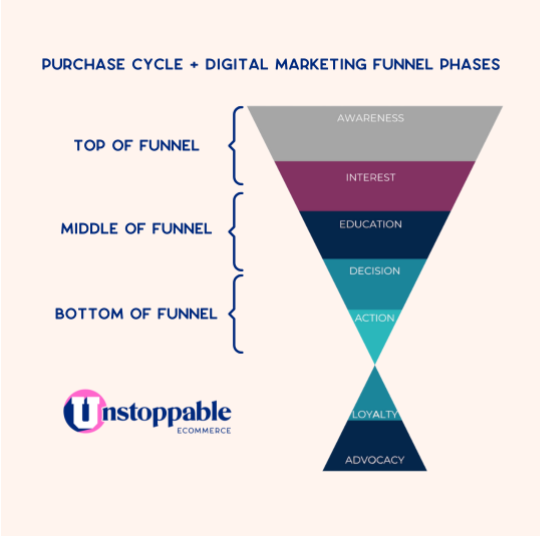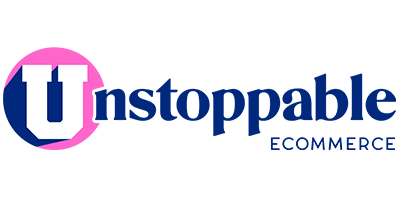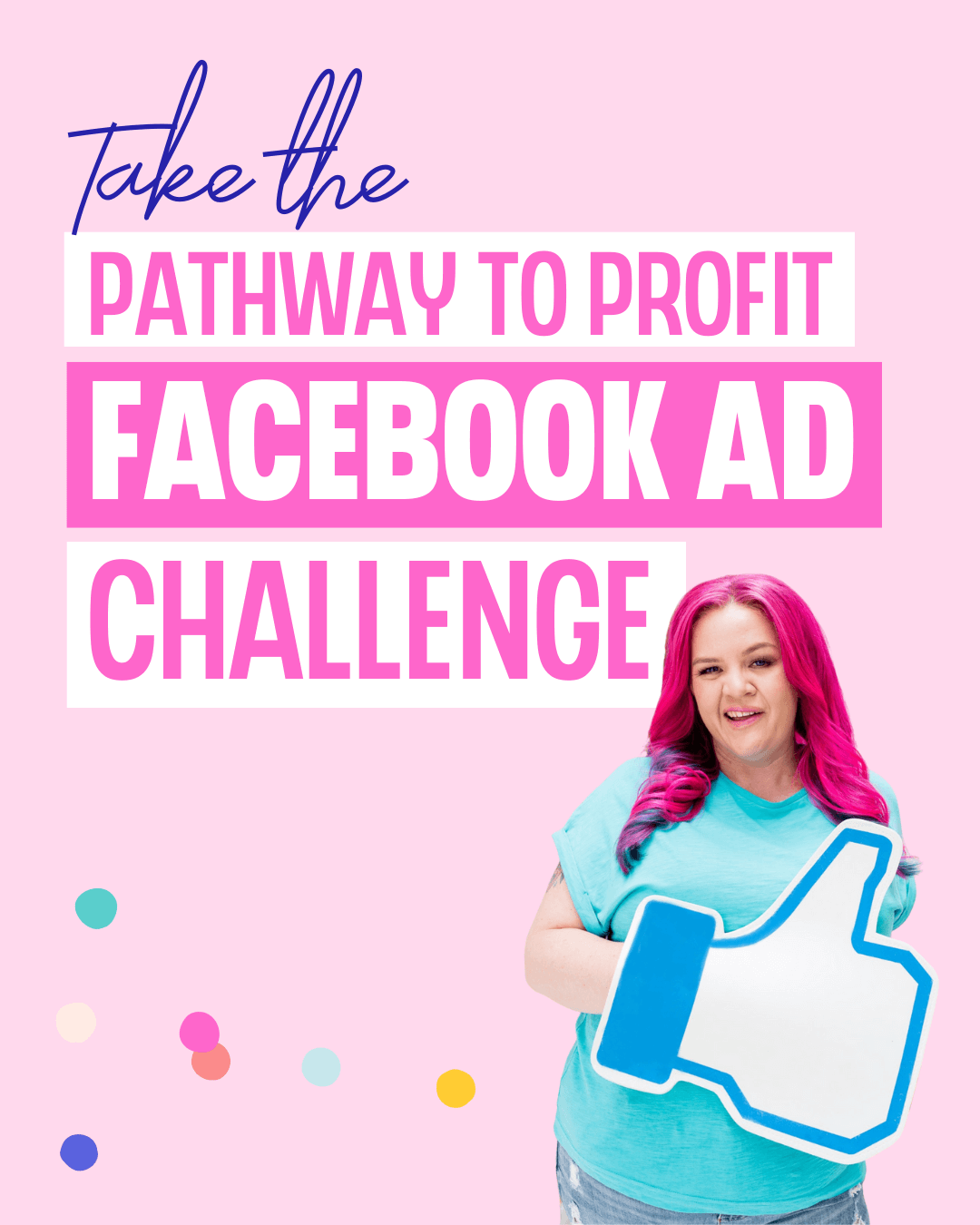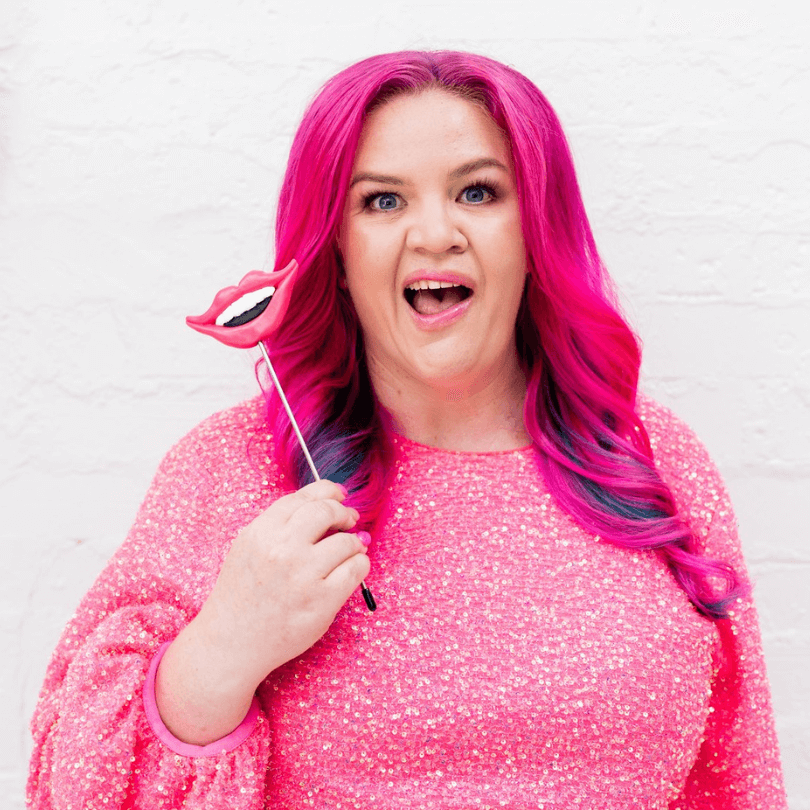One of our recent campaigns provides evidence that creative messaging paired with clever deliverability can indeed produce outstanding results.
This campaign generated $1.3 million in direct revenue from an expenditure of $41,000, which is a return on ad spend of 32,000%.
Keep reading to learn what we did to achieve this result.
I’m going to break it down into the issue, the opportunity, the solution and the results.
The issue
Prior to Covid this brand relied on expos and tradeshows to get the majority share of exposure for their product. As “everything was cancelled” in 2020 they wanted to increase their sales via their eCommerce platform.
The challenge of using digital platforms to sell a premium product at a relatively high price point, is that customers aren’t able to touch and feel the product.
The opportunity to deliver the brand experience and product messaging to customers digitally, meant a test-and-measure approach could be adopted.
The opportunity for the brand to reach more potential customers, without attending expos (which are typically demanding of resources, time and energy) was very appealing.
The opportunity
The opportunity to use digital advertising to deliver unique messaging to potential customers depending on their demographic and geographic profile, as well as their interactions with the brand’s digital platforms meant for more personally relevant messaging.
The primary objectives of the campaign were to:
- increase sales
- increase total revenue, and
- achieve the highest return on expenditure possible.
The secondary objectives of the campaign were to:
- increase website traffic
- increase new website users, and
- increase average order value.
A budget of $50,000 was allowed for the campaign and a target of 1000% return-on-expenditure was set (10x ROAS or return-on-ad-spend).
The solution
To overcome the challenges and achieve the campaign objectives, first we researched competitor activity, analysed the expo-experience, identified available audiences and undertook a market review.
We then developed a strategy that communicated the value proposition of the brand to the identified target audience using engaging and unique creative.
We analysed existing advertising data on the client’s Facebook Ad account and determined that the best performing creative featured the brand’s owner. We hypothesised that potential customers craved human connection and wanted to get to know the real people behind the brand they were buying from.
We analysed competitor activity and reviewed the advertising messages that were competing for the brand’s potential customers’ attention by using the Facebook Ads Library to see what Facebook and Instagram Ads were running. We also reviewed and analysed competitors’ organic social channels. We found that the predominant messaging throughout was focused around value-for-money and their content was advice-focussed and it seemed as though they were positioning themselves as an authority.
We identified the primary target market by getting super clear on their ideal customer avatar. You can read more about getting clear on your ideal customer avatar here.
We developed a strategy to take advantage of the opportunities, overcome the challenges and to meet the objectives outlined.
The strategy would:
- Uniquely target the identified market with messaging specific to their demographic profile and their interactions with the brand’s website;
- Take potential customers on a buying journey that introduced them to the brand and nurtured them right through to a purchase;
- Position the brand as relatable and approachable;
- Include creative that clearly communicates the value proposition, the brand’s offering and how the brand differentiated from competitors;
- Include a value proposition that would cut through the competitors messaging and identify strongly with the target audience;
- Include real, raw and relatable creative in the content mix in order to capitalise on the identified gap in competitors authority-positioned marketing;
- Be agile and responsive to the results produced, determined by preset success metrics.
In order to achieve this we first identified the various stages of the purchase cycle. These are, in ascending order, awareness, interest, education, decision, action, loyalty and advocacy. You can read more about our Facebook ads funnel here.

We then mapped out a digital marketing funnel with the sections of Top of funnel, Middle of funnel and Bottom of funnel. We then aligned the purchase cycle with phases of the digital marketing funnel:

The awareness stage of the buying cycle aligned with Top of the funnel, interest and education aligned with the Middle of the funnel, and decision and action aligned with the Bottom of the funnel.
We then assigned an identified audience to target at each phase of the funnel based on interactions taken with the brand’s eCommerce platform:
- Top of Funnel messaging would be targeted to a cold audience; people who had not visited the website before.
- Middle of Funnel messaging would be targeted to a warm audience; people who had visited the site but not added to cart yet.
- Bottom of Funnel messaging would be targeted to a hot audience; people who had added to cart but not purchased.
The strategy would use the available Facebook Ad media placement tools in order to target the ads to the identified audiences and test and measure various creatives.
In order to maximise the targeting capabilities of the Facebook Ads tools, the most relevant targeting options for each phase of the funnel were identified.
3 different audiences were identified for Top of funnel targeting. These audiences were:
- interest based audience;
- a Facebook ads lookalike audience; and
- a broad target audience.
The interest based audience included people who fit into the primary and secondary target audience based on their Facebook profile, online activity and purchasing behaviour.
The Facebook Lookalike audience included people who had similar attributes to those people who had purchased from the brand previously.
The broad target audience included people who fit into the target audience parameters based only on age and gender.
Middle of Funnel messaging would be targeted to people who had visited the site but not added to cart yet. This audience would be created by using the custom audience options available.
Bottom of funnel messaging would be targeted to people who had added to cart but not purchased. This would be created by using the custom audience options available.
Each phase of the funnel would have unique success metrics:
- Click-through-rate and cost-per-click for Top of Funnel;
- Add-to-cart for Middle of Funnel; and
- Purchase for Bottom of Funnel.
We then established a set of ad creative with varied copy and images to test and measure in each stage of the identified funnel.
Each level of the funnel has a different job.
- We determined the creative in the Top of funnel would introduce people to the brand and the product.
- The Middle of Funnel creative would focus on problem-solution based messaging as well as product demonstration.
- The Bottom of Funnel creation would be used to overcome any purchase objections or uncertainties that potential customers may have.
A mixture of produced and raw creative would be tested. You can read more about the types of video creative we are loving right now.
The results
The objectives set out were successfully achieved resulting in a very happy client and a very happy delivery team.
The primary objectives of the campaign were to increase the number of sales, increase the total revenue and achieve the highest return on expenditure possible.
A budget of $50,000 was allowed for the campaign and a 1000% return on advertising expenditure was the target.
31x ROAS for our eCommerce client
Between 1 Jan 2020 and 30 April 2021 a total of $41,361.86 was spent on the campaign, this directly resulted in 7,643 transactions with a revenue value of $1,315,913.44, which equates to a 3181% return on advertising expenditure.
In the same period the company experienced 21,397 transactions on the website with a total revenue of $3,697,746.28. This was an increase of 179.48% and 187.56% respectively from the same date range as the year prior. They did no other paid advertising in that period.
The secondary objectives of the campaign were to increase website traffic, increase new website users and increase average order value.
Comparing the date range of the campaign [1 January 2020 – 30 April 2021] with that of the same date range of the previous year [1 January 2019 – 30 April 2020] the results are as follows:
- Website users increased 37.08%
- New website users increased by 36.41%
- Website sessions increased 36.88%
- Average order value increased by 2.89%
- Conversion rate increased by 104.17%
- Total revenue increased 187.56%
Feedback from the client has been that they feel as though collaboration opportunities have increased, as well as stock planning and management, and Facebook and Instagram ads will also be utilised to gain feedback from their identified target audience around product development.
The brand has also expanded their team, increased their warehouse space by and been able to give to those in need in the form of donated product and cash.
We love our clients and we hope this case study gives you inspiration to get amazing results for your online store too.

Megan Winter
Megan is an inspiring, brilliant and fun digital marketer and has worked with some of the fastest-growing eCommerce brands in the world.
Megan loves helping purpose-driven online store owners to make more income and achieve more impact.


